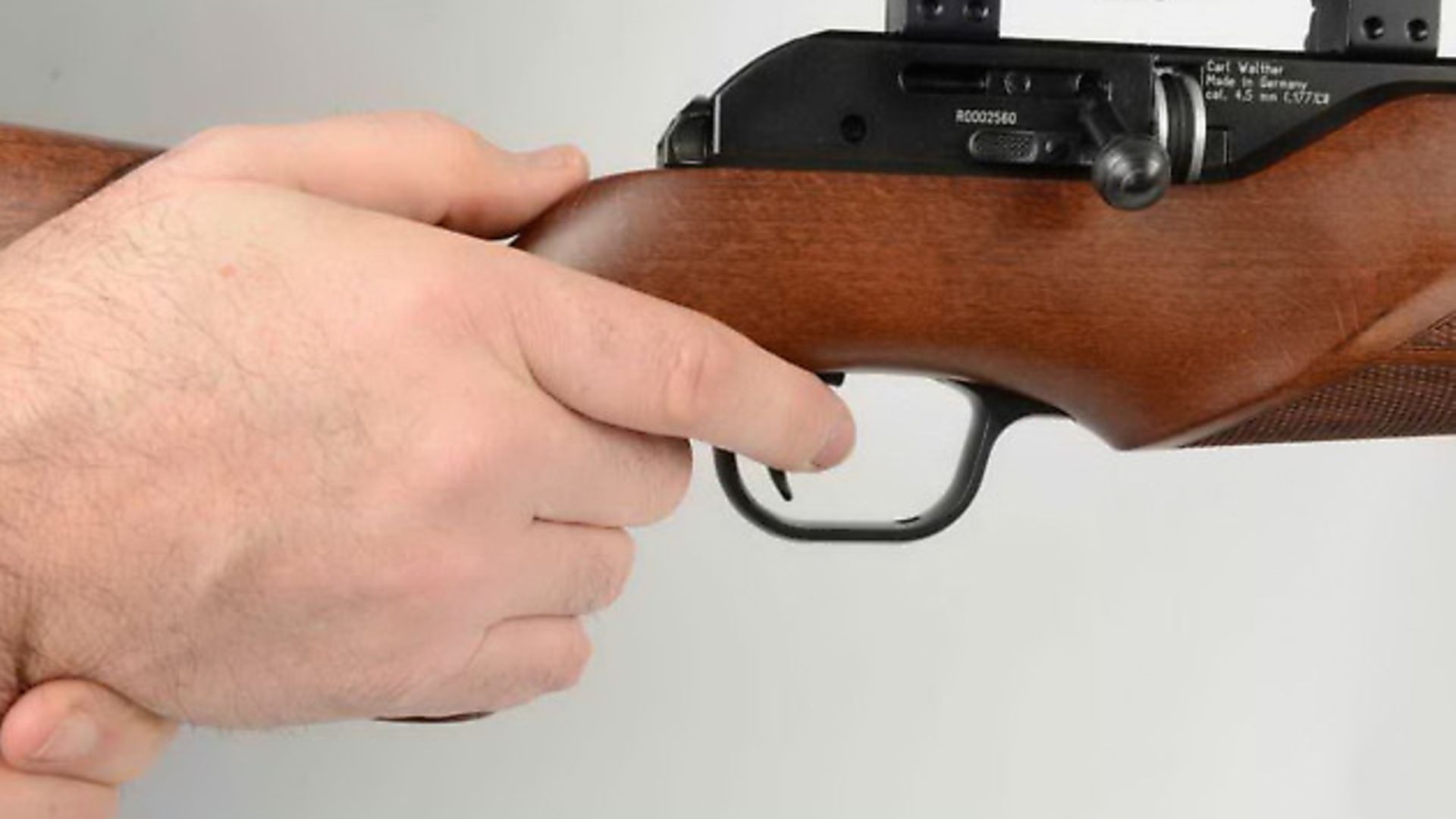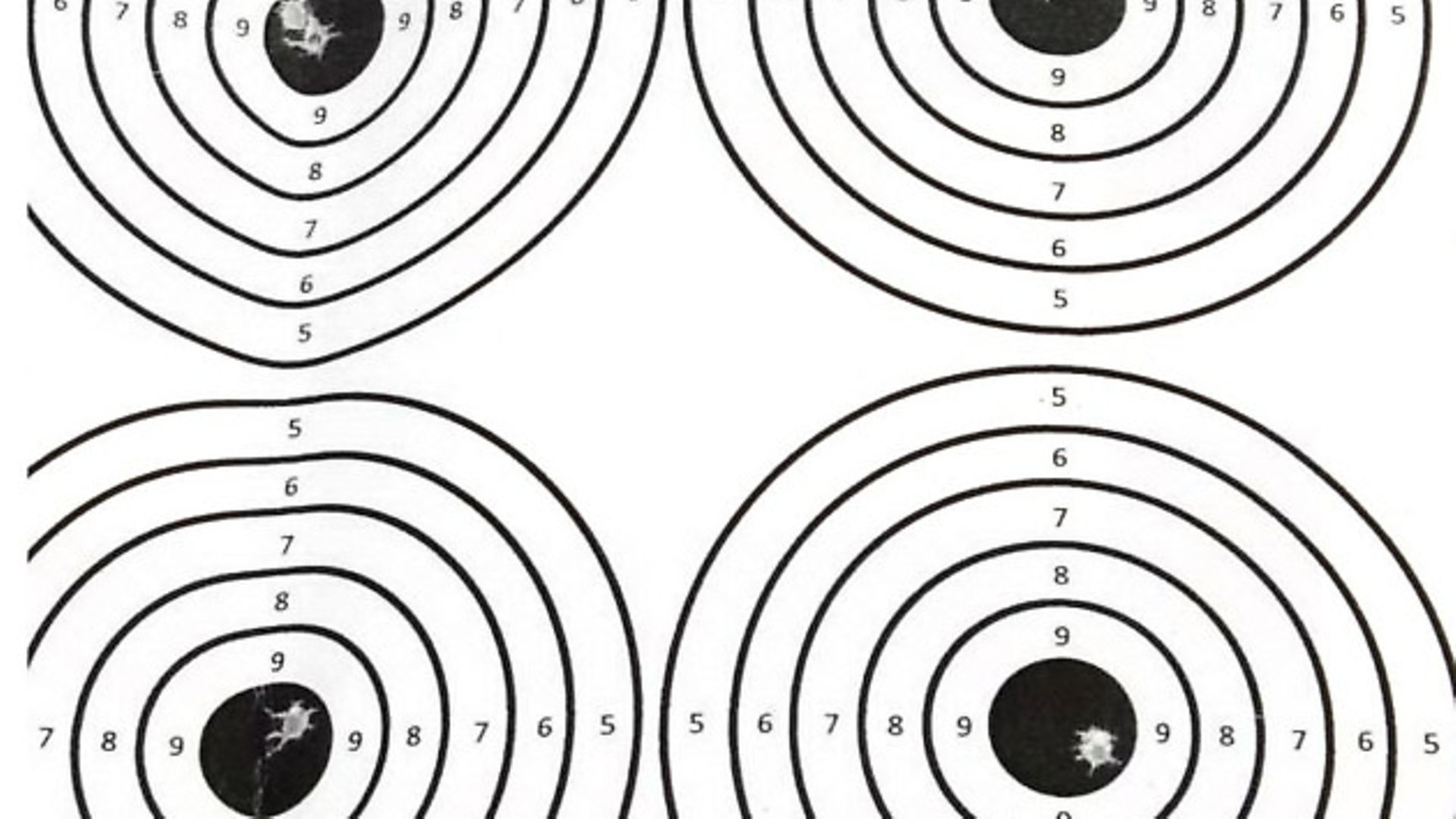Trigger sense should be common sense – let’s make sure it is
 credit: Archant
credit: Archant
I recently had an email from a reader and he followed it up with a phone call. Then he came to the British Shooting Show specifically to talk to me about the trigger on his rifle. The chap’s name was Paul, and our discussion prompted this feature. Paul was having accuracy problems and had convinced himself that his rifle’s trigger couldn’t be set lightly enough to allow precision shooting. I asked him to get the let-off measured and to get back to me. Paul did more than that; he bought a trigger gauge and did it himself. Paul confirmed that the trigger of his rifle released each shot at a weight of 1.5lbs, which he thought would allow me to diagnose the problem. It did. The problem was Paul.
LET’S GET REAL
Let’s begin with a basic, vital statement: any trigger that releases consistently at a weight between 1 and 2lbs, without ‘creep’ or drag, is perfectly equipped to assist optimum accuracy. That statement’s a bit wordy, but the meaning is still absolutely nailed on. Paul’s 1.5lbs trigger was not the culprit, here, and thinking it was had closed his mind and turned his attention to a ‘problem’ that wasn’t a problem at all. I gave Paul a shortlist of things to check and he called me a few days after the show to say that refitting his silencer had solved the problem. Great to get a problem sorted, but I was still thinking about the whole trigger issue.
 credit: Archant
credit: Archant
TOO LIGHT – TOO BAD
Experience has shown me that far too many airgunners believe it’s best to set their triggers as light as the mechanisms will allow. It’s not best and it’s not even approaching ‘best’; it’s actually as close to ‘worst’ as makes no difference, and not just from a safety perspective, either. Of course, having a trigger that lets go if a gnat flies near it is just plain reckless, but there’s much more to it than that. Please, if you’re of the hair-trigger persuasion, read on and think seriously about changing your attitude, and your trigger setting.
TRIGGER FEAR
Your trigger is the final mechanical link between you and your rifle. The trigger blade is the ‘go’ button that authorises the release of the shot after everything else has been checked and deemed fit to travel to the target. Triggering is a big deal and it absolutely must be done properly, or not at all. You must be smooth, confident, measured and consistent in your dealings with your trigger and it needs to fill the role of a trusted friend to overall accuracy. For all of this to come together, trust in your trigger has to be total and without hesitation, or you’ll fall victim to the curse of trigger fear – and then you’ve really got problems.
 credit: Archant
credit: Archant
FREQUENT FLIERS
You see, if your trigger is set too lightly, all it takes is a change of temperature, especially downward, or some inclement weather, to make your forefinger a little more clumsy … a tiny bit sausage-like. Then, you find yourself triggering before you are fully ready, and even a couple of these can set up hesitation, muscle tension, and ultimately, trigger fear. Your confidence drops and that once-friendly trigger becomes a barrier to accuracy, not a boon. The fliers start to appear, increasing the tension and with it the fear. Your shooting becomes a self-fulfilling prophecy of failure, and you’re usually left wondering why.
THE SIMPLE CURE
Obviously, setting your trigger to a weight that will neither catch you out, nor cause you to pull your shots off target, is the way forward here. If you’re unsure what that let-off weight should be, go for 1.5lbs and take it from there. Trigger gauges are affordable and using one will give you a reference point with which to work. Google is your friend, and finding a gauge is but a few clicks away.
Once you’ve set your trigger properly, just keep shooting until confidence is instilled and complete. The more you get to know your trigger, the less you need to think about it, until slipping those precision shots becomes almost subconscious. Above all, make your trigger your friend – and I promise you’ll have nothing to fear.